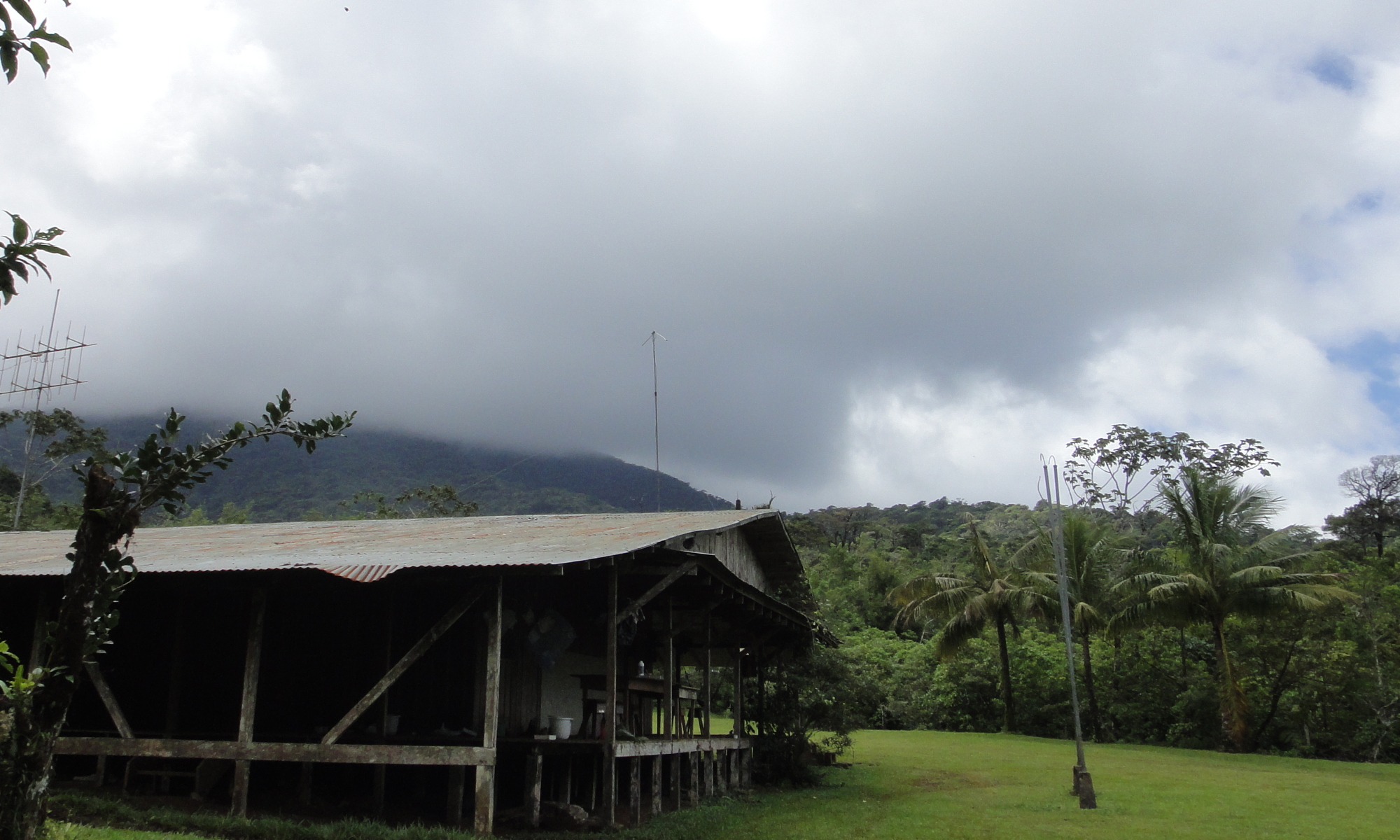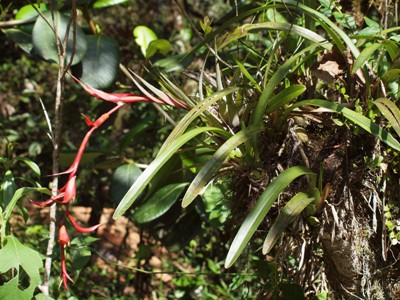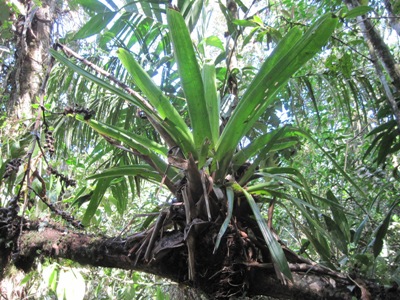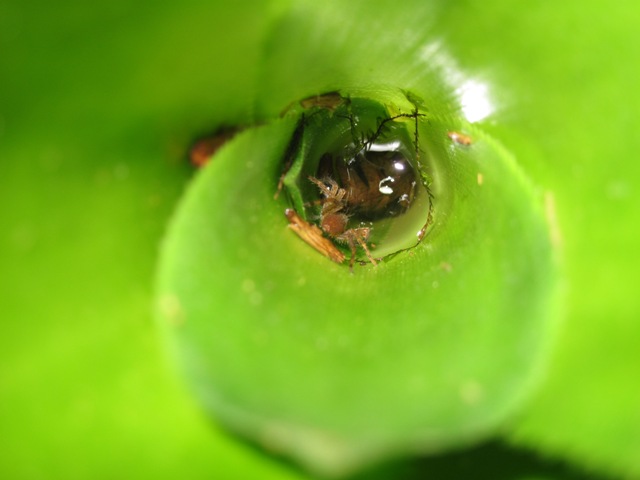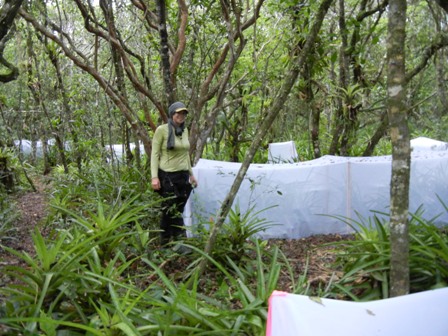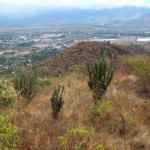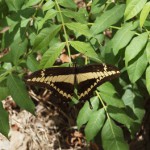A funny and wonderful thing! Yesterday, our saviours arrived! When Fish and I arrived at the “lab” yesterday, we walked right through it. Dragonflies! A swarm of dragonflies so thick it darkened the sky! And it stretched all the way from the restinga, back to our house by lunchtime. The numbers were simply incredible. It’s what I imagine a plague of locusts would look like – but wonderful beautiful locusts who eat mosquitoes! They would rest on the bushes and grass next to the path and when we walked by it was accompanied by an uprising of dragonflies in a flutter of wings on all sides of us. There were millions! And I would have happily walked through their swarm all day in their shield of protection from the biting insects.
The phenomenon is of course interesting from a scientific as well as an aesthetic and self-preservation aspect. We had assumed that anything in the tropics has essentially a non-seasonal life-cycle. Since there is no “winter” like ours to prevent insects from surviving and reproducing, there would just be a continuous cycle of reproduction and emergence. But this huge emergence event reminded me exactly of what happens in northern Ontario around July. The blackflies all emerge in late May, and a month and a half later, suddenly one day, the dragonflies arrive! They fly in clouds almost as dense as we saw yesterday eating everything in their path, and within a couple weeks, there are no blackflies! (If only we could hope for the same kind of outcome here…). The dragonflies here all look the same and we think they might be the same species. A mass emergence of a population that size of a single species is just staggering! There must have been literally millions! It would also follow that that kind of event would affect the “seasonal” cycles of several other species (all of their prey, frogs, birds that prey on them). That is something I didn’t expect from a tropical ecosystem, but I suppose we must be far enough south here for seasonality to play a role. Or maybe there is some other ecological reason for such a mass emergence, regardless of the environment.
They are still here today, but the swarm has lessened significantly. And much to our dismay, the mosquito population doesn’t even seem to have flinched. Whatever the ecological significance and ultimate outcome… it was an awe inspiring sight!
